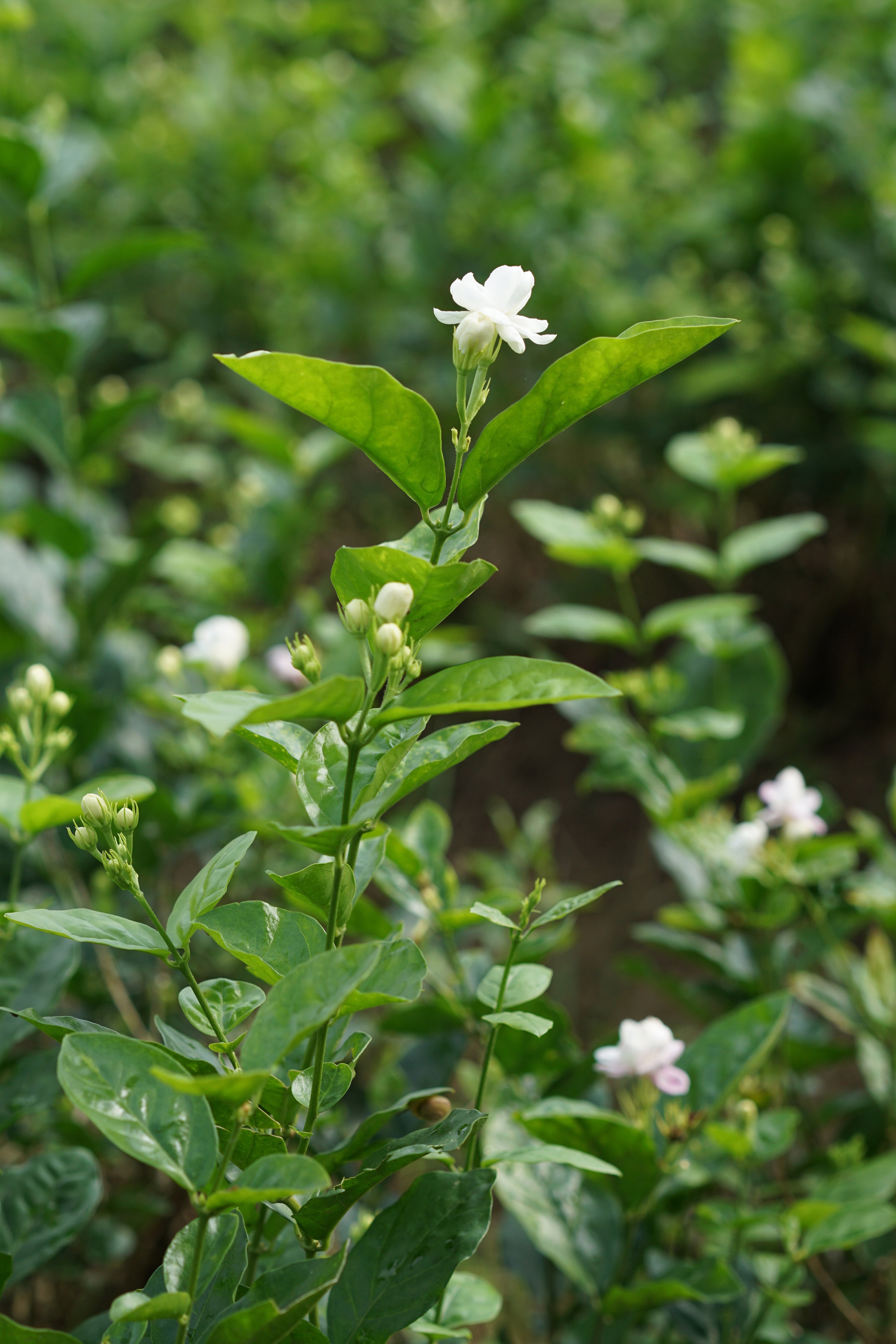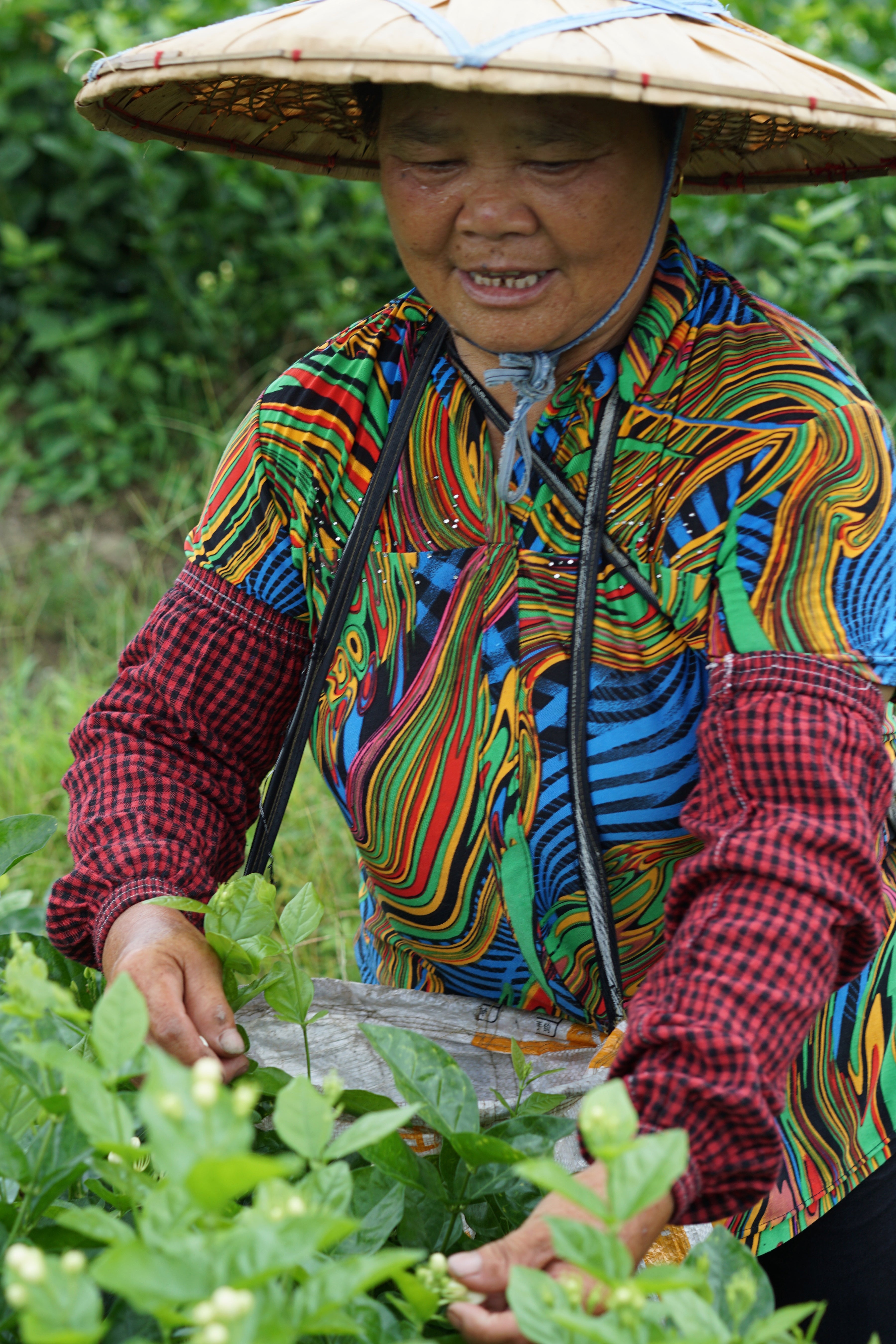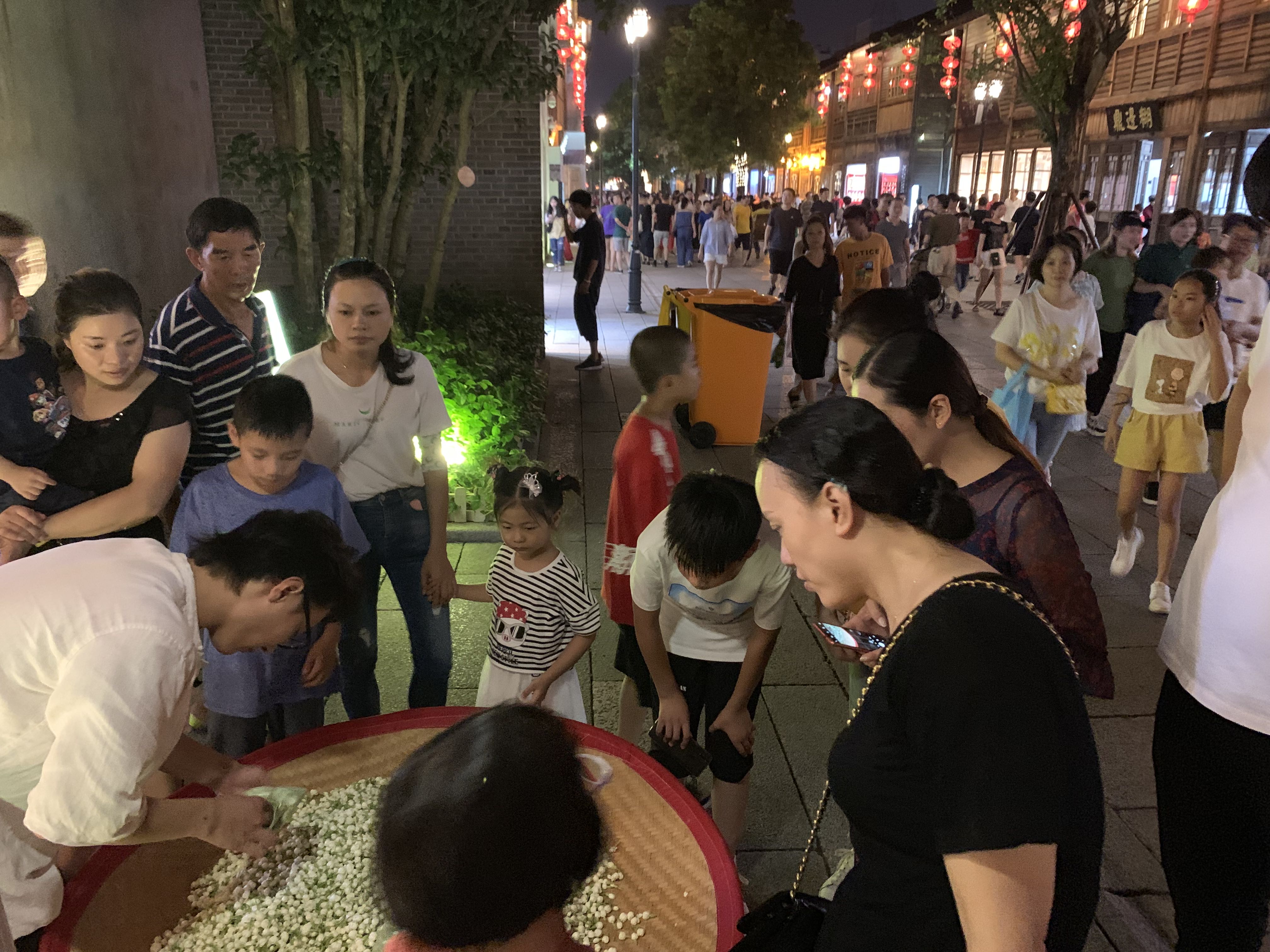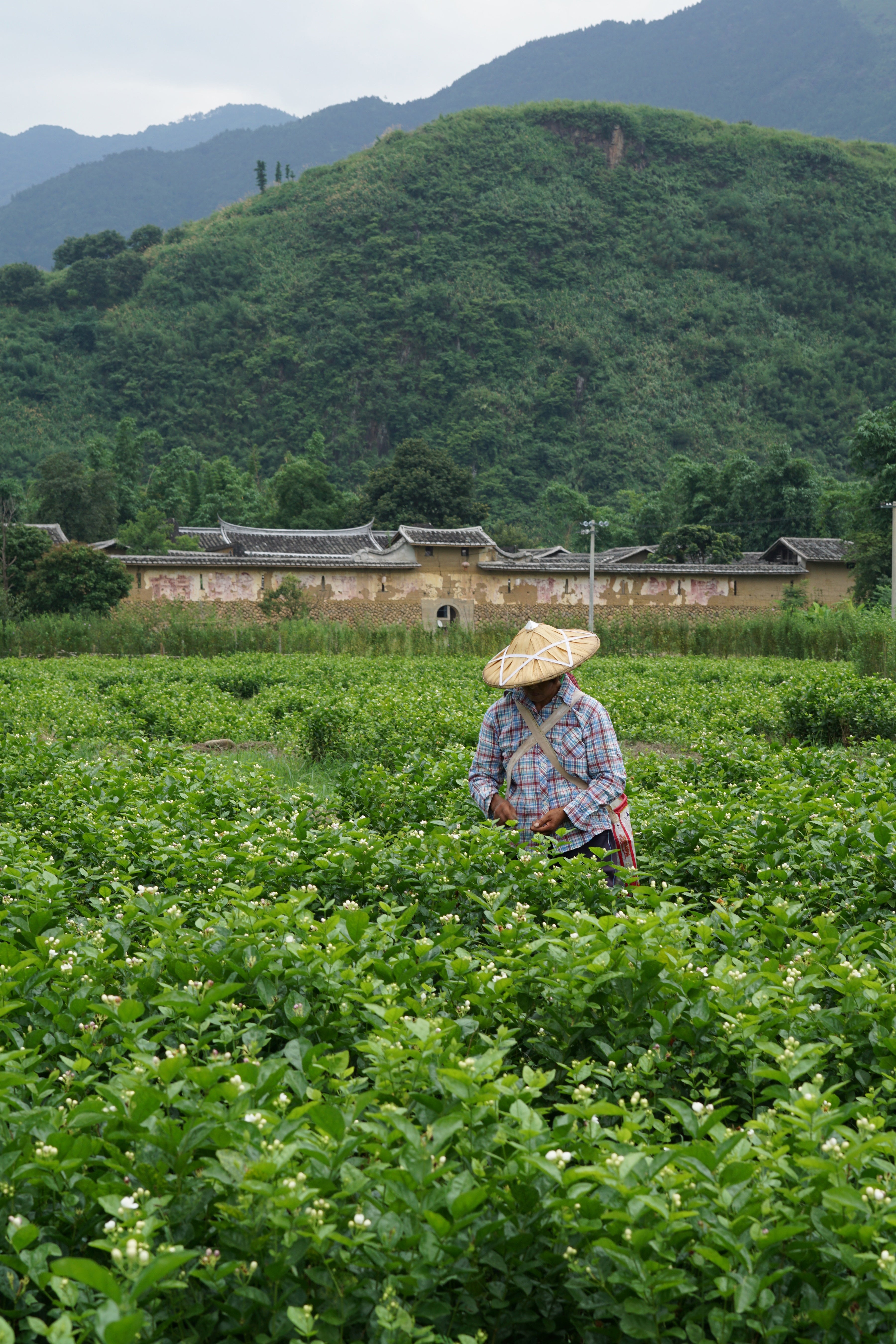
Behind the scenes - crafting Jasmine Tea (Part 1)
Jasmine tea is one of the most popular teas consumed in northern China.
Having originated from the southern Chinese province of Fujian, jasmine tea was once presented to the Imperial Household in Beijing, and gained wider acceptance as everyday tea drink among the public there.
(Read more about the major tea producing regions and how people consume teas in China here.)
An outstanding jasmine tea is characterised by a silky smooth feel at the beginning, followed by long lingering floral, but not overpowering, aroma in the mouth, and a sweet aftertaste.
The sensory stimulation of an excellent jasmine tea is so distinct that it is usually said to stay with your memory for a long time.
At the basic level, jasmine tea is made of green tea as base, that had been scented with freshly blossomed jasmine flowers.
The traditional scenting process is completely manual without any chemicals, and has been passed down for generations.
Achieving the highest quality jasmine tea requires three things: top quality jasmine flowers, suitable green tea base, and most crucially skilled craftsman for the scenting process. More on the scenting process later.
Jasmine flowers were said to have been carried from India/Pakistan into China, probably together with Buddhism, and have been predominantly planted and thrive in the warm regions such as Fujian, Guangxi, Guangdong etc.
 ((Photo: double layer Jasmine flower now dominates in the Fujian region)
((Photo: double layer Jasmine flower now dominates in the Fujian region)
Principally, there are three distinctive varieties of jasmine plant - single layer, double layer and multiple layered jasmine. As the name suggests, the single layer jasmine flowers have only one layer of flower petals vs. double and multiple layered jasmine.
Fujian region is renowned for producing the highest quality, single layer jasmine flowers, which have superior floral aroma characteristics out of all three types.

(Photo: single layer jasmine flower. Although these have superior aroma, single layer jasmine flowers are more susceptible to cold, rainfall, and generally low yield)
But because single layer jasmines are more susceptible to cold weather, rain fall and insects, single layered jasmine has been in rapid decline, and became out of favour to local plantations due to lower yield…
Double layer variety is now the most widely grown jasmine flowers in Fujian for making jasmine tea.

(Photo: multi-layer jasmine co-planted with double layer jasmine in the field)
The double layer variety does have its own advantages when it comes to scenting - it releases its floral aroma scent slower in comparison to single layer variety, and thus the scenting process can be prolonged.
 (Photo: a lady working on the jasmine field. Picking fresh jasmine flowers is a laborious work requiring constant attention to the condition of flowers, and the weather. Daily shifts can last as long as 5-6hr long with breaks in-between.)
(Photo: a lady working on the jasmine field. Picking fresh jasmine flowers is a laborious work requiring constant attention to the condition of flowers, and the weather. Daily shifts can last as long as 5-6hr long with breaks in-between.)
Ms Yang, a worker at the jasmine field, has been working as jasmine flower picker for the past 15 years. We caught up with her during her lunch break.
Her day starts around 5:30am. She checks the weather for any sun/rain in the morning, and coordinates with her colleagues via her phone before work during the summer months.
“If the conditions are right, we start picking as early as around 9am” she says. But the gradual and continuous shifts in the weather in the recent years in Fujian and much of the south China, has had an impact on her work. “Over the last couple of years, we seen more and more extreme weathers in the summer, when the flowers are in season.”
This summer, the weather is colder, and with heavier rain fall compared to average. This has contributed to a significant drop in the overall quality of jasmine and their yield. Ultimately, this is reflected in the spike in market price of the jasmine available.
Ms Yang is paid not by the hour, but by the amount of flowers picked each day, plus reward bonus for any higher quality of flowers picked. Already there has been a decline in the number of workers coming for work as flower pickers.
And if climate continues to worsen or fluctuates significantly in the future, this is likely to have a detrimental impact on the jasmine industry here.
A very small amount of jasmine flowers make into the retail market as personal, in-car accessories because of their refreshing aroma. In the towns of Fuzhou, these fresh flowers are sold commonly in small bags or bracelets in market stalls during the summer.
 (Photo: a seller packing fresh jasmine into bags for customers in a Fuzhou market)
(Photo: a seller packing fresh jasmine into bags for customers in a Fuzhou market)
The jasmine flowers are picked just before they blossom, as unopened flower buds. Skilled pickers judge when the best timings for picking are everyday during the summer season, and this is heavily weather dependent and affects the prices of jasmine (and jasmine tea) available each year.

(Photo: another worker on the jasmine field. Jasmine fields are often positioned on the foot of hills, giving them warm and mild conditions for flowers to blossom)
Floral aroma content within is well preserved inside unopened flowers before they are collected into bamboo baskets for scenting later in the evening within the same day.

(Photo: flowers are collected into basket, and waiting to be paired with their tea base)
…read the scenting process here.

